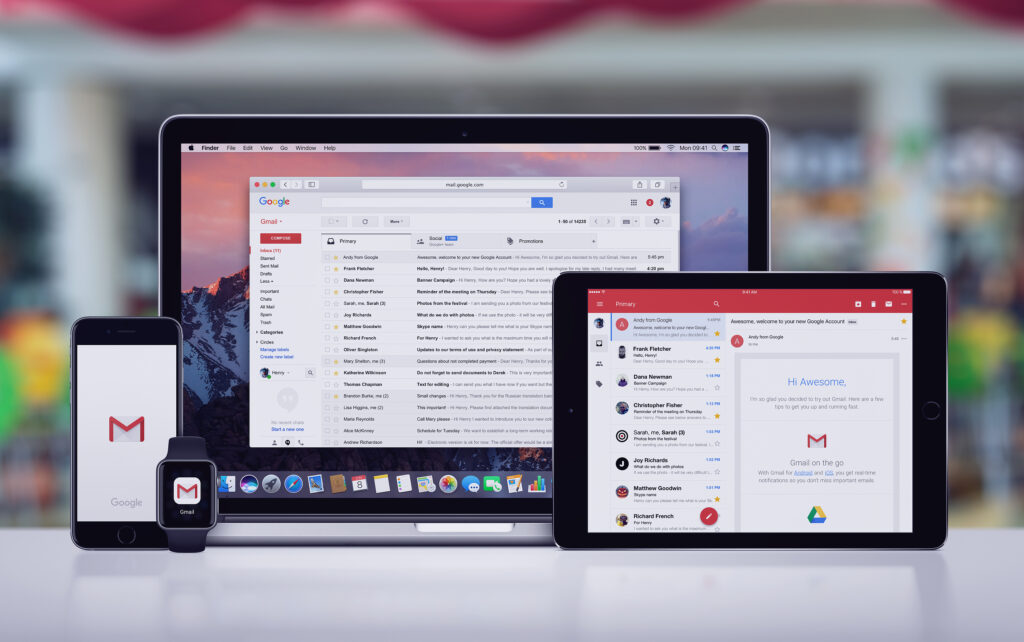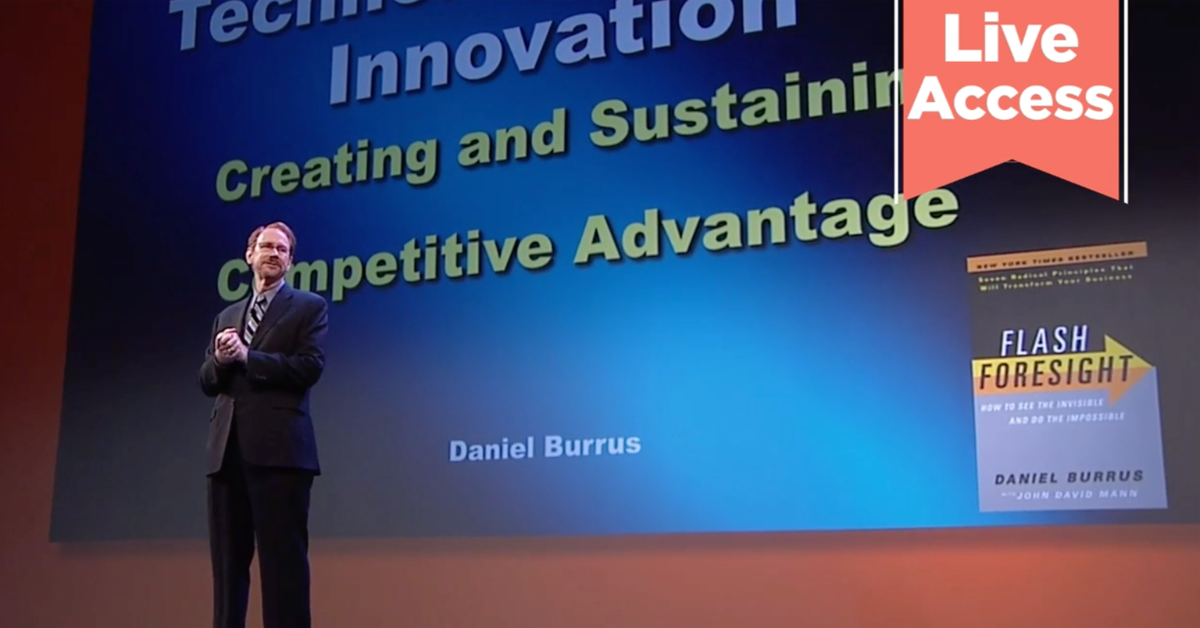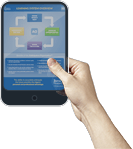Great ideas do not always come from the top down. As a matter of fact, some of the most transformative ideas that have gone on to change the world have been from a lower- to mid-level employee. From the iPod at Apple to the Happy Meal at McDonald’s—both digital and physical innovations in all industries have often stemmed from collaborative creativity at all levels.
As a low- to mid-level employee, your ideas are likely important to you, but will they be perceived as great ideas to the CEO, CFO, board of directors, or other integral decision makers at your organization? Most likely, at first the answer will be no, but you can change that! By mastering the concept of selling up your ideas, your intrapreneurial spirit will shine brightly, giving you the chance to take the organization you work for to stratospheric levels.
And as a C-suite executive or a business leader of any kind, how receptive are you to employee ideas as they pertain to transformative innovation? Allowing for intrapreneurial innovation demonstrates faith in your employees and staff as a team, and can even foster a more unified, productive, and positive Futureview® than ever before.
I want to explore both sides of the coin so that the avenues of communication in intrapreneurship are seamless for all involved.
What Are Some Company Pain Points Innovative Employees Can Solve?
Every company has specific pain points. From both the perspective of an employee looking to be a bigger asset to the organization with innovation and higher-ups and managers seeking a way to further transform the industry, identifying common company pain points unlocks potential.
Employees looking to sell their ideas need to understand the dynamics of the company’s most common pain points and how their ideas solve them. These could be internal pain points with business operations or external pain points customers face.

Southwest Airlines has a notable history with both intrapreneurship and solving both internal and external company pain points creatively. Prior to any flight I’ve ever been on, the safety instructions are read in monotonous fashion. But at Southwest Airlines, an internal employee named Marty Cobbs decided to take passengers by surprise by livening up the safety instructions with humor.
Believe it or not, this creative touch was observed by the higher-level decision makers at Southwest Airlines, and Marty Cobbs presenting how having personality during mundane tasks for both employees and customers led Southwest Airlines to a bump of a cool $140 million dollars a year in loyal customer revenue.
Once you understand a pain point of any kind, knowing how to position your idea and its ability to lessen or eliminate company and customer pain is the next step. With Southwest Airlines, demonstration was everything, as this innovation was not something physical but a mere change in customer experience and employee performance. Imagine Marty Cobbs going into a corporate boardroom at Southwest Airlines and saying, “I’d like to perform stand-up comedy during in-flight instructions.”
Odds are, he would have been laughed out of his job as a flight steward!
As an Intrapreneur: Prepare for Objections and Have Answers
No matter how you present ideas as an intrapreneur, know that objections will arise. This is why it is so important for you to step into the other person’s shoes and fully understand what the objections could possibly be. If you can understand what manager and executive objections to your ideas might be, you can prepare for them and address them.
For example, many ideas come with added costs. If your idea comes with costs associated with it and you are pitching it to the CEO, make sure you can address any cost-associated questions. This may mean talking to the CFO beforehand and getting approval, as money will always be the CFO’s pain point!

Google’s famous email application was created by an internal employee, but this intrapreneurship example and overcoming potential costs to innovate runs deeper than launching an email platform. Google accounts for employees to work on personal projects at their expense. This led to the creation of Gmail and has paid the company back two-fold.
Properly Use Certainty to Your Advantage
After addressing pain points and answering any possible objections, the next step is addressing potential risks and knowing what is certain. All business decisions and innovations involve some sort of risk, whether it is financial risk, reputational risk, or personal risk.
This section is more for the managers and executives that are being sold to by an intrapreneur. You already know the risks of business, but what are you certain about? Using my Hard Trend Methodology to make risk taking less risky benefits both the internal employee selling their idea to you and your collaboration with them to bring it to life.

For instance, knowing that the original iteration of Amazon Prime was not drawing in the customer base that Amazon hoped for, they turned to one of their bright employees who pitched an idea of having an exclusive membership to outpace eBay’s benefits program chipping away at the online shopping industry.
Understanding certainty is the responsibility of managers and business leaders, and this ultimately leads to low-risk innovation for all. Next, discover and envision how your intrapreneurial employee’s idea will affect the strategic initiative of the company. Does it improve your mission as a business or organization? If it isn’t all the way there, help them with the strategic insights you have.
Communication and Anticipation in Selling Ideas Internally
When selling ideas to top-level executives and managers, many employees tend to focus on their excitement and their passion for the idea rather than the practicalities of it. The leaders are always more focused on the risks of an idea, the viability of it, and the profitability of it.
Truth be told, most internal ideas that are shot down are due to a lack of successful communication between the leaders and the intrapreneurial employee. When questions or objections are raised about a new idea, the idea maker focused on their excitement tends to not know how to answer and the idea falls through.
Through some of these insights in today’s blog, managers, executives, and leaders should have better tools to prepare for working with and adapting ideas from employees, not to mention embracing them to begin with. Give your employees the opportunity to find new opportunities as intrapreneurs. Likewise, if you are an employee with great ideas, take some of the insights from this article and use them to put a solid strategy behind your ideas to ensure they are taken seriously.







Comments